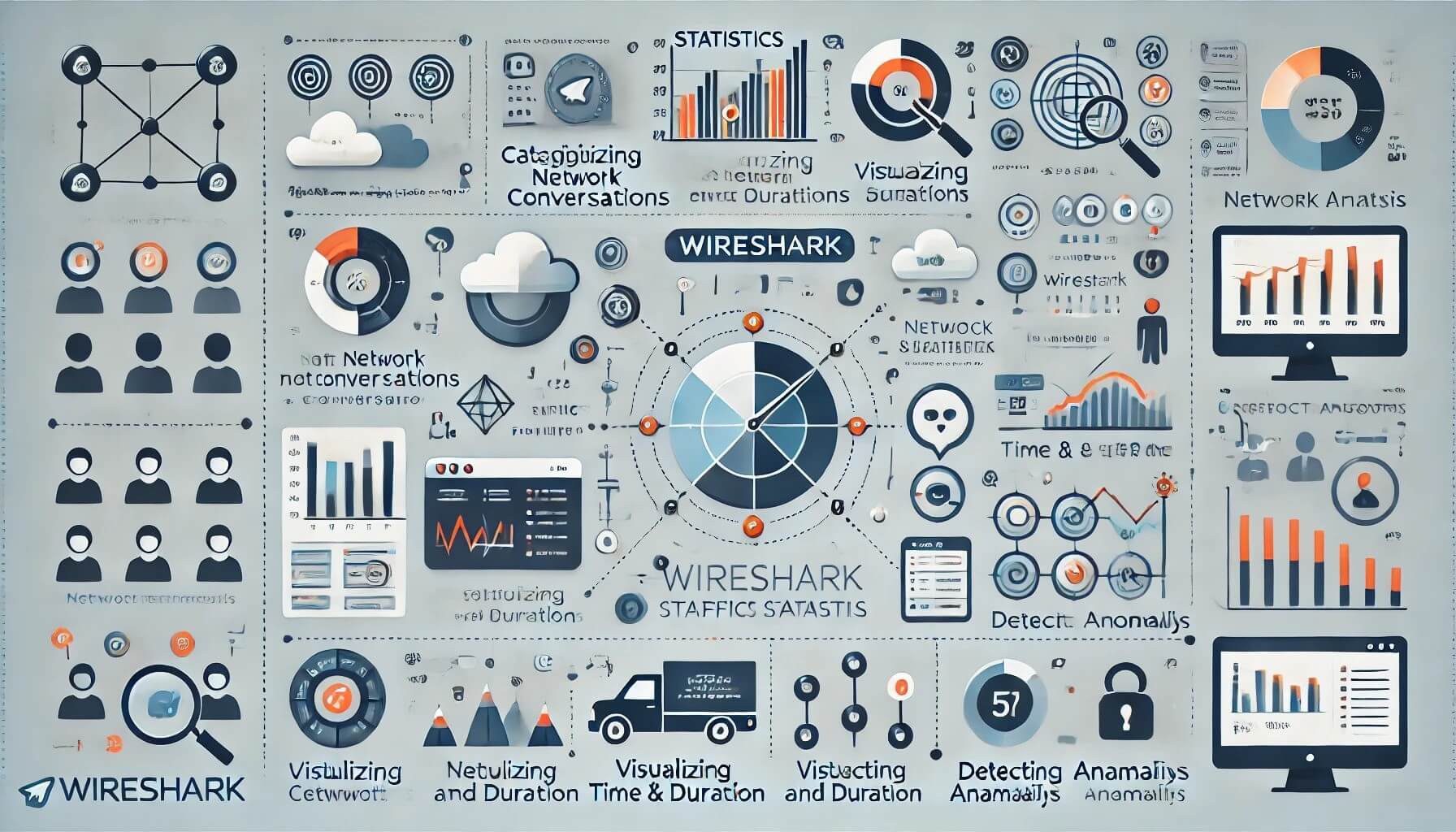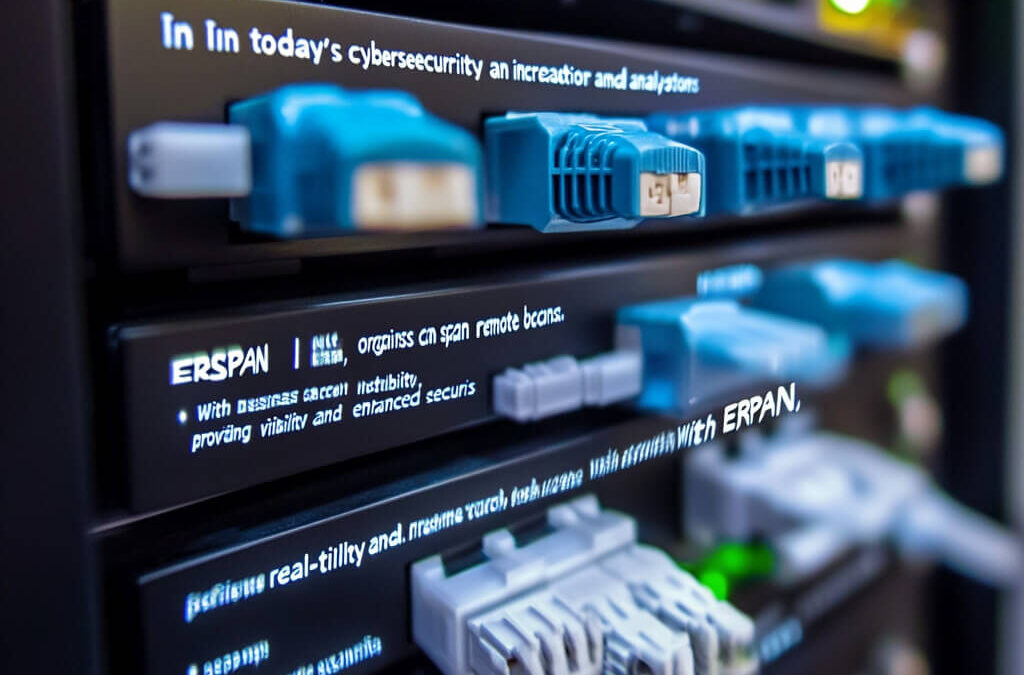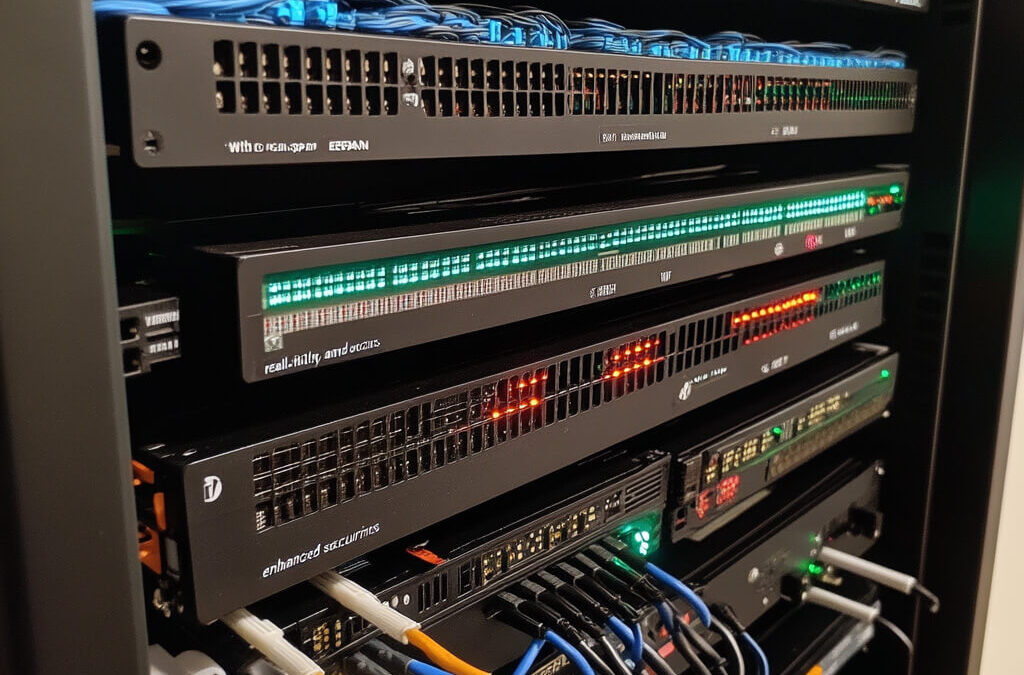In the dynamic realm of network analysis and cybersecurity, interpreting packet captures (PCAPs) can often feel like navigating through a dense data jungle. Each packet carries crucial insights, and efficiently deciphering them can make all the difference in identifying security threats and anomalies. Enter Wireshark, the quintessential Swiss army knife of network analysis tools, which genuinely shines when armed with its potent statistics feature.
Unveiling Wireshark’s Statistics Feature
Wireshark empowers analysts by offering deep insights into network traffic through its robust statistics capabilities. Beyond mere packet capture, these tools provide a zoomed-out, bird’s-eye view of the entire network ecosystem captured in a trace file. This broader perspective is invaluable for discerning patterns, anomalies, and trends within vast datasets.
Understanding Conversations: A Layered Approach
One of Wireshark’s standout features is its ability to categorize network traffic into conversations based on various addressing layers—Ethernet, IPv4, IPv6, TCP, UDP, and more. Each conversation encapsulates bilateral data exchanges between endpoints, offering a foundational understanding of network communications.
Chris Greer, a seasoned network analyst and instructor, underscores the importance of Wireshark’s conversation statistics. By utilizing these tools to sort and filter conversations, analysts can swiftly pinpoint critical exchanges, identify dominant communication channels, and detect irregular patterns in network behavior.

Visualizing Time and Duration: From Start to Finish
Wireshark provides a graphical representation through its relative start and duration columns, offering a visual timeline of when conversations commenced and how long they persisted. This temporal insight is pivotal for correlating network events with communication patterns, enabling a deeper understanding of interaction lifecycles within the trace file.
Detecting Anomalies: From Port Scans to Intrusions
Wireshark’s statistics serve as a potent detective tool for uncovering anomalies such as port scanning activities. For instance, observing a sequence of low-numbered port accesses in a non-sequential order can signify attempts to probe for vulnerable services—a critical indicator of potential security breaches.

Filtering for Precision: Focusing on What Matters
Beyond observation, Wireshark empowers analysts to apply filters based on statistical insights. Whether concentrating on bi-directional traffic between specific endpoints or delving into protocol-specific exchanges like TCP or UDP, these filters streamline data extraction for meticulous analysis and troubleshooting.
Educational Insights and Practical Application
Mastering Wireshark’s statistics equips analysts to transcend basic packet scrutiny, advancing towards strategic network analysis. It’s about transforming raw data into actionable intelligence, where each statistical metric—from bytes exchanged to conversation duration—paints a clearer picture of network dynamics and operational efficiencies.
Conclusion
Proficiency in Wireshark’s statistics feature is not just about mastering a tool; it’s about cultivating the ability to interpret network behavior effectively. As Chris Greer advocates, these insights enhance network forensics and empower proactive network security measures and infrastructure optimization.
Embark on your journey into advanced network analysis today with Wireshark’s statistics. Explore, analyze, and enhance your network analysis skills with expert guidance and the robust capabilities of Wireshark.
Ready to dive deeper? Explore Wireshark’s statistics with practical examples and tutorials. Don’t forget to subscribe to Chris Greer’s insights for expert guidance!









